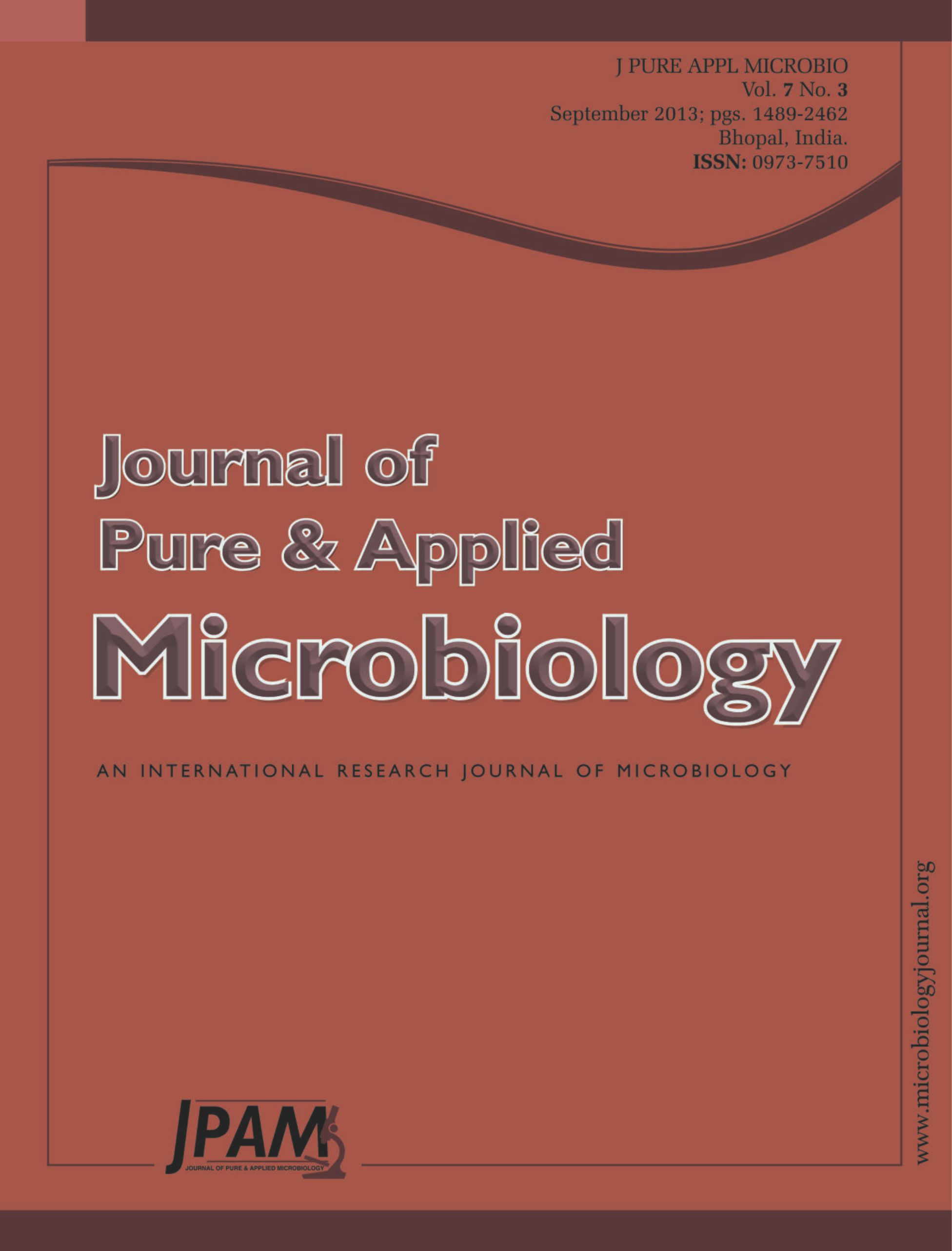Although person-to-person transmission is the most likely route for health-care associated infections, the role of the environment should not be ignored and may also contribute to the spread of nosocomial infections. It has been proven that microorganisms are able to survive on environmental surfaces up to several weeks, therefore providing a potential for biotransfer. Assessment of environmental cleanliness is mainly conducted by surface sampling and swabbing followed by classical incubation methods based on phenotypic detection of microorganisms which take between 2 to 4 days. Novel quick methods based on DNA detection using PCR methods is a possibility for quick detection of the presence of DNA. In the present study, we investigated the presence of the following challenge microorganisms: Enterococcus faecium, Staphylococcus aureus, Bacillus subtilis, Escherichia coli, Klebsiella pneumoniae, Pseudomonas aeruginosa and Candida albicans on metal and glass surface after 24 hour drying using classical incubation methods and PCR methods. We detected all challenge microorganisms at initial concentrations as low as 102 cfu/mL and final concentration after drying at 30 cfu/mL. PCR methods proved to be equal or more sensitive compared to classical incubation methods for all challenge microorganisms. A new PCR run was conducted where all challenge microorganisms were simultaneously detected in one run under the following conditions: initial denaturation at 94°C for 15 min; followed by 38 cycles of amplification (1 min denaturation at 94°C; 1 min annealing at 53°C; 1 min extension at 72°C) and final extension at 72°C for 10 min. Significance and impact: In this study we developed a unified parallel PCR method that enables simultaneous detection of all challenge microorganisms within a few hours at concentrations as low as 30 cfu/mL and can be used as a tool for quick evaluation of the cleanliness of surfaces.
PCR, detection limit, Enterococcus faecium, Staphylococcus aureus, Bacillus subtilis, Escherichia coli, Klebsiella pneumoniae, Pseudomonas aeruginosa, Candida albicans, parallel PCR program
© The Author(s) 2014. Open Access. This article is distributed under the terms of the Creative Commons Attribution 4.0 International License which permits unrestricted use, sharing, distribution, and reproduction in any medium, provided you give appropriate credit to the original author(s) and the source, provide a link to the Creative Commons license, and indicate if changes were made.


